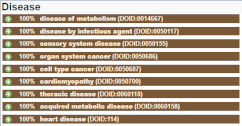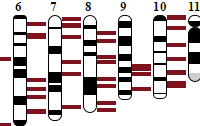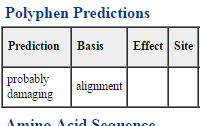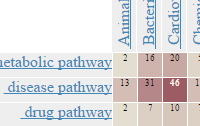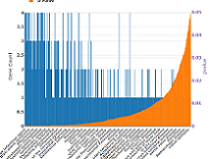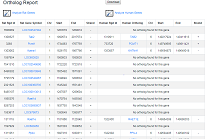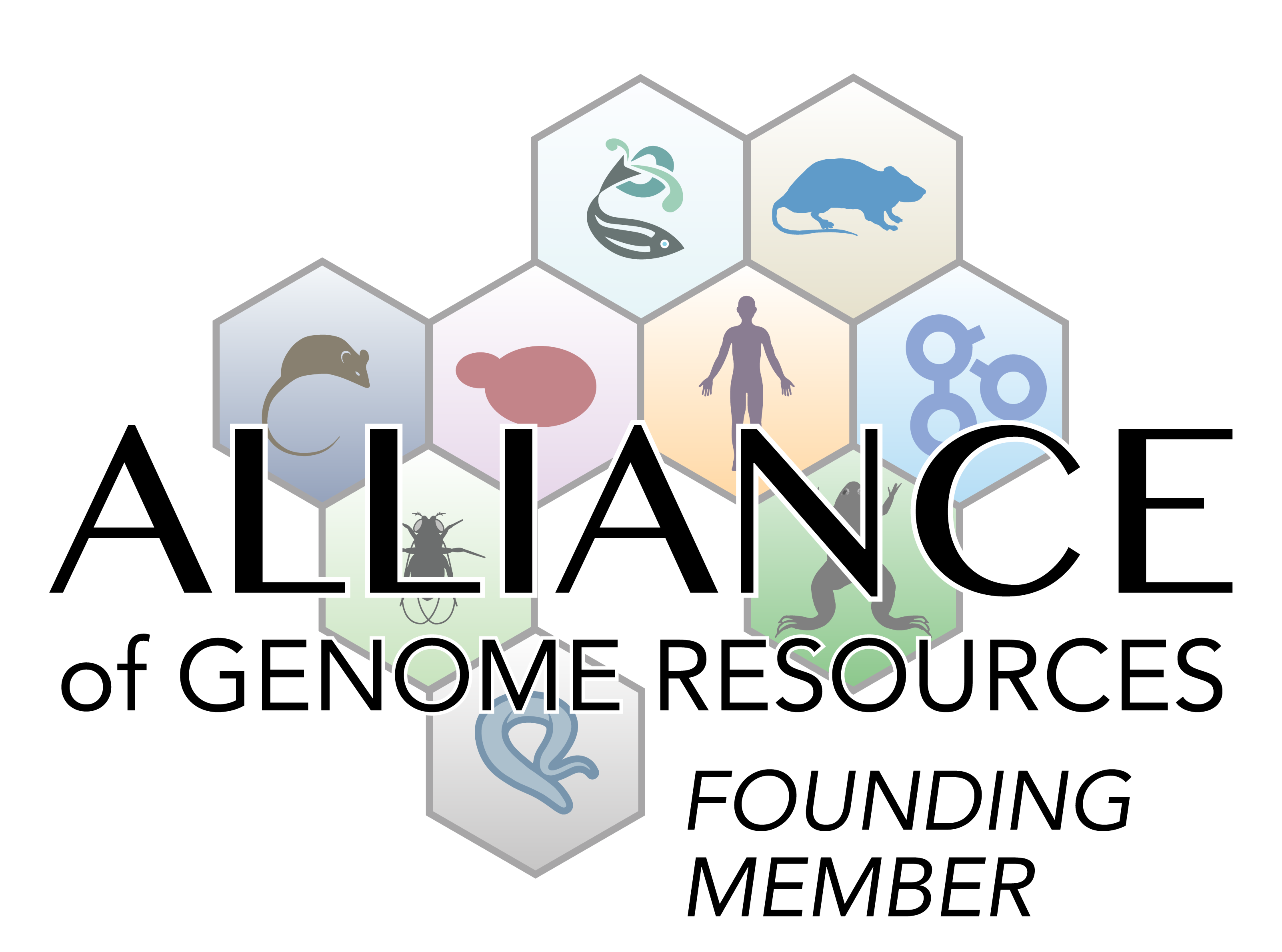Laboratory rats are the animal of choice in neurobiology, with a more complex behavioral repertoire than mice and a larger brain permitting more sophisticated electrophysiological recordings. Recent developments in gene editing technologies have now allowed the development of genetically linked disorders.
The Medical College of Wisconsin has been working with the Simons Foundation Autism Research Initiative (SFARI) to generate and distribute engineered rat models of autism. Models will be maintained in the outbred Long-Evans (Crl:LE) background strain, as this is often the strain of choice for cognitive, behavioral and systems neuroscience studies. These models are available to any qualified researcher for non-commercial research, with minimal cost and restrictions.
|
||||||||||||||||||||||||||||||||||||||||||||||||||
Contact the MCW Gene Editing Rat Resource Center for more information: mcwcustomrats@mcw.edu.
Characterization
As an initial effort to characterize these lines, these models will be behaviorally phenotyped by Peter Kind and colleagues at the University of Edinburgh in collaboration with Sumantra “Shona” Chattarji and his team at the Center for Development and Repair in Bangalore. Resulting data will be available to the community in a timely manner.
Contact SFARI for further information on specific lines, as well as suggestions and comments on our efforts more generally: models@simonsfoundation.org.
Breeding
We take care to maintain the genetic diversity of mutant and transgenic models generated in genetically outbred strains such as Long Evans to minimize genetic drift and maintain genetic diversity and strain phenotypes to be consistent with vendor-produced animals as much as possible. The diagram below compares breeding strategies for mutant and transgenic models produced in inbred and outbred rodent strains, the potential pitfalls of inbreeding an outbred model (middle column), and the advantages of using an outcross strategy to maintain genetic diversity (right column). This latter strategy uses a combination of outcross maintenance breeders to maintain genetic diversity and to produce heterozygous animals which are then intercrossed to generate experimental animals with the desired genotypes.
This overall breeding strategy helps to maintain the original outbred genetic nature of these models and is recommended for all laboratories who establish their own breeding colonies to avoid genetic drift and contrasting phenotypic variability across the autism research community.
 |
Strategies for each autism related strain are shown below. Mutations in LE-Cntnap2 and LE-Nrxn1 strains are viable as homozygotes, though phenotypes are not yet characterized.
Mutations in LE-Dyrk1a, LE-Grin2b, LE-Arid1b, and LE-Chd8 are lethal in a homozygous state. The timing of this lethality is currently unknown, but homozygous offspring are not found after ~P10 when we have collected tissue for genotyping.
The mutation in the LE-Fmr1 model is X-linked like humans. We breed heterozygous females with wild-type males in our outcross stage such that a 50:50 ratio of wild-type and hemizygous mutant males are born. Viable homozygous LE-Fmr1 females can be generated by intercrosses though, again, subsequent brother-sister mating is avoided to prevent inbreeding.
 |


